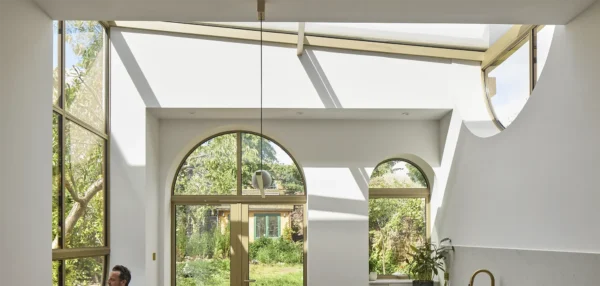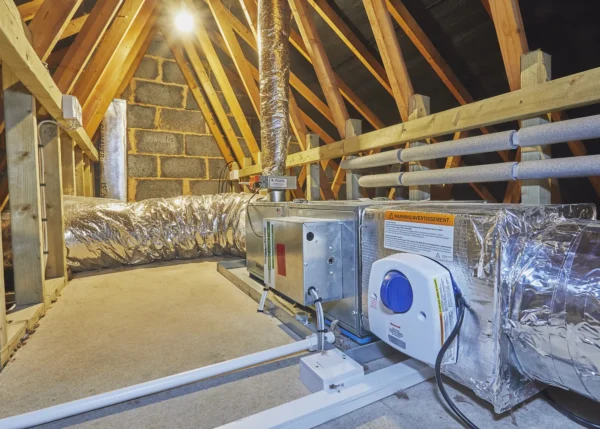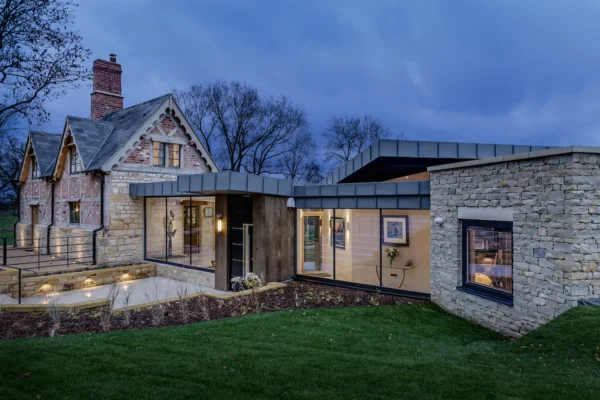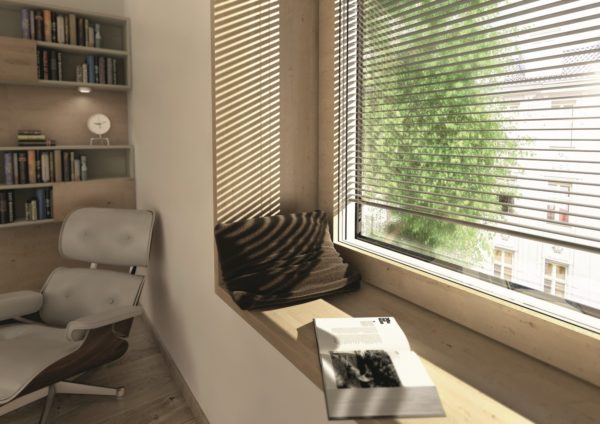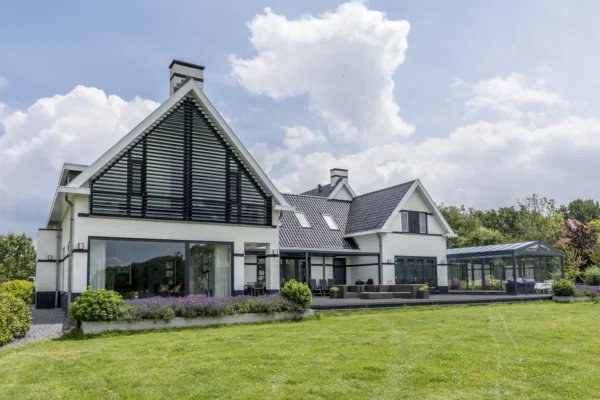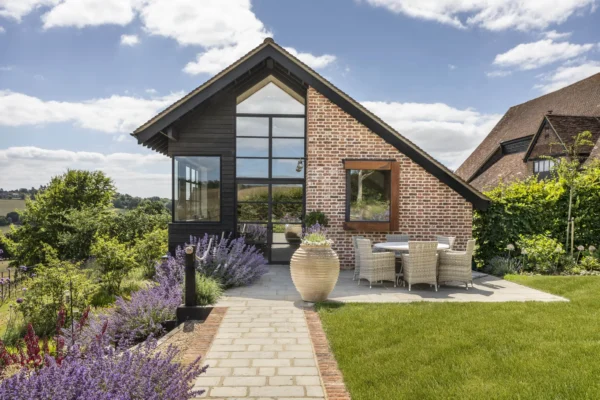Door & Window Security Tips
The safety of your family and possessions should be a top priority when designing or upgrading your home. Sadly, when it comes to doors and windows, security is something that’s often overlooked in favour of price.
Compliance with Building Regulations is also an issue glazing suppliers don’t always take seriously enough – so customers can be left in the dark as to whether the products they’ve chosen are up to the task.
Part Q regulations for security
In most burglaries, criminals break in through a door or window – either by forcing the lock, kicking it in or breaking the glass.
To combat this, in October 2015 the government introduced Part Q of the Building Regulations in England.
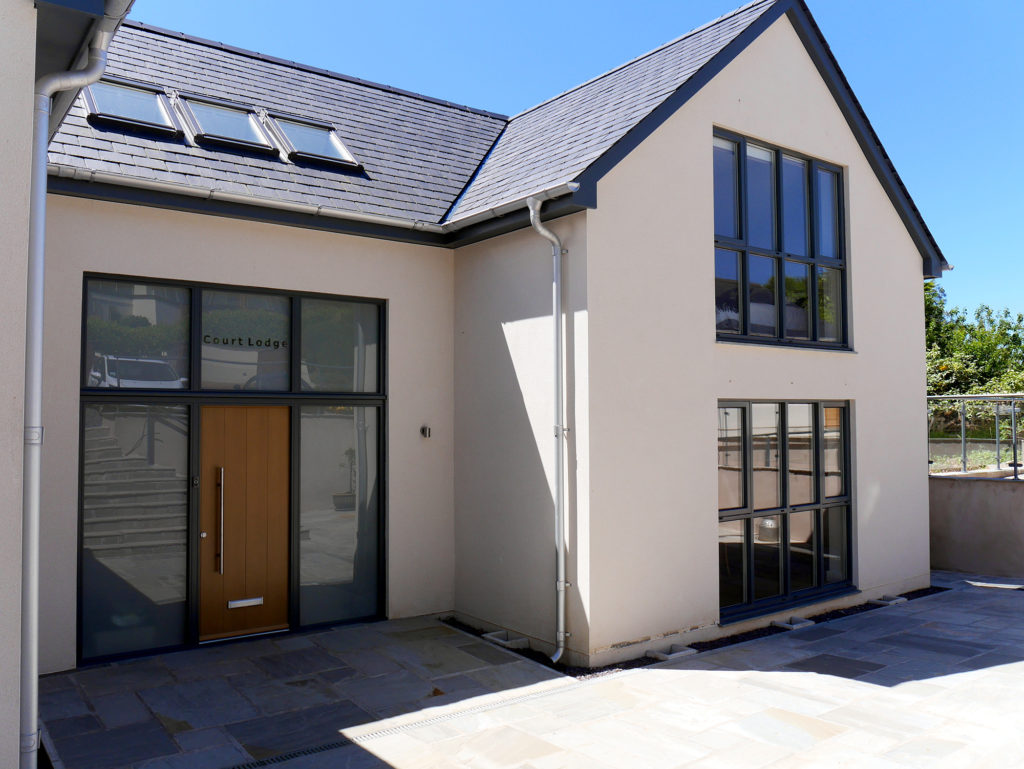
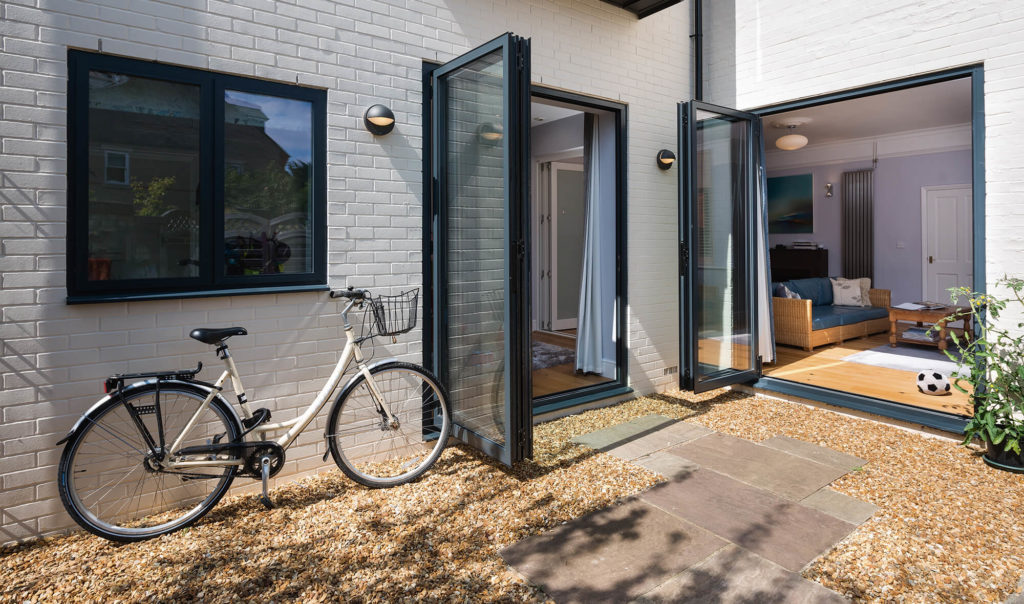
This currently applies to new dwellings and conversions (structures undergoing a material change of use). However, it is expected that the regs will be updated in future to include extensions and refurbishments.
Approved Document Q sets out reasonable standards for how easily-accessible fenestration should resist physical attack by an opportunist burglar. To do this it must be sufficiently robust and fitted with suitable hardware. Easily accessible means either:
- A window or doorway where any part of the unit is within 2m (vertically) of an accessible level surface, such as the ground or basement level.
- A window within 2m vertically of a flat or sloping roof (with a pitch of less than 30°) that is within 3.5m of ground level.
Here, I’ll set out how you can ensure the products you specify meet the relevant standards – including key certifications – so you’ll have peace of mind that you have a secure and compliant home.
Door security
Under Part Q, doorsets should be manufactured to a design that’s been shown – by testing – to meet the security requirements of British Standard PAS 24: 2016 (note PAS 24: 2012 is out of date). Other standards that offer similar or better performance are also acceptable. These include:
- STS 201 Issue 5: 2013
- LPS 1175 Issue 7: 2010 security rating 2
- STS 202 Issue 3: 2011 burglary rating 2
- LPS 2081 Issue 1: 2015 security rating B
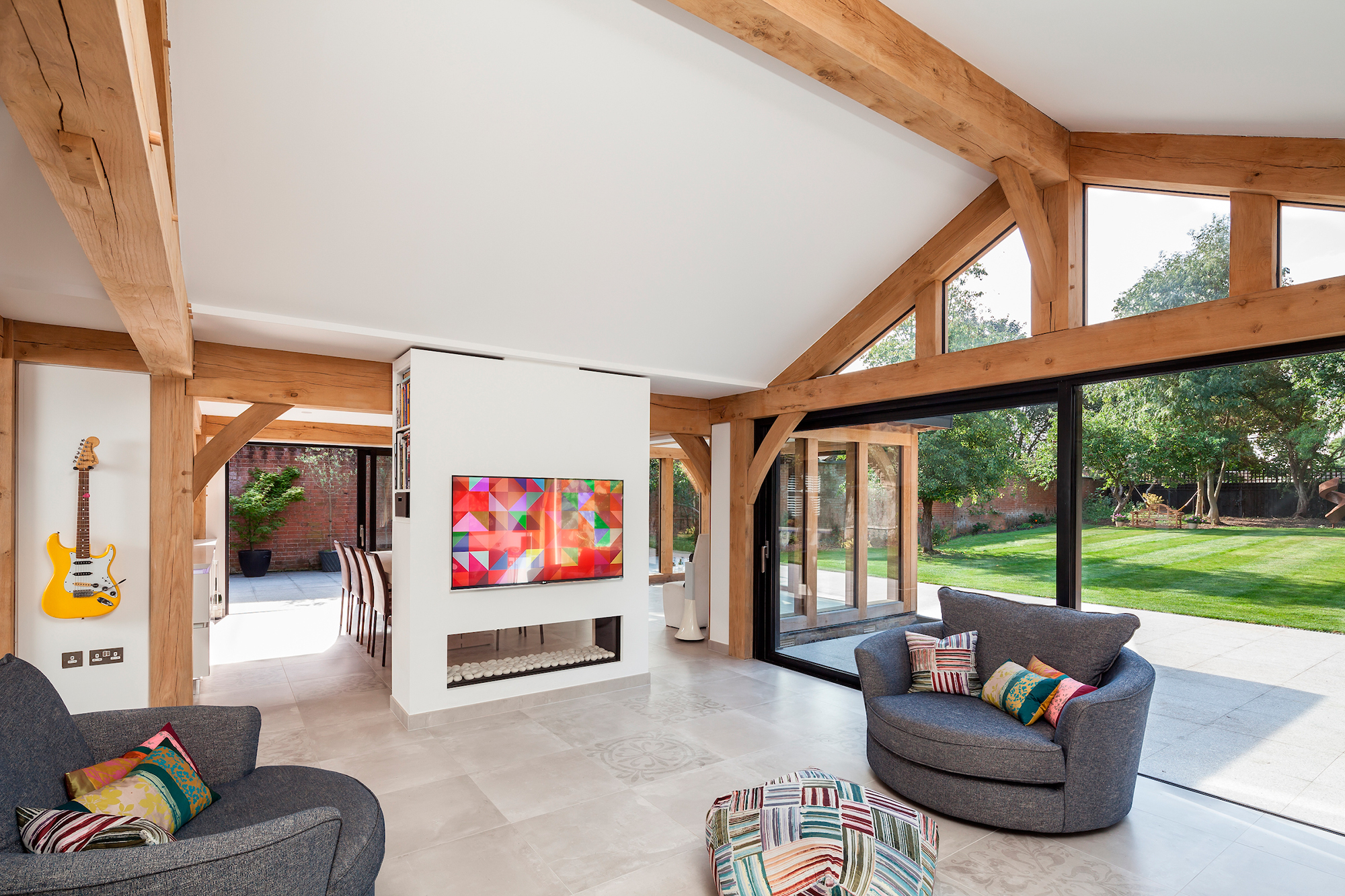
Alternatively, if testing has not occured, then the doors must be manufactured in accordance with a strict and very detailed design code. This includes (but isn’t limited to) the following:
- The door must be made from timber with a minimum density of 600kg/m3
- The opening door panel has to be at least 44mm thick
- Hardware including hinges, locks and letter plates must comply with specific certification and testing
- A primary entrance to a property has to include a viewer
Any glass in a door must comply with a minimum of class P1A in accordance with BS EN 356: 2000. This means there must be at least one laminated pane – so if the glass panes are all toughened, then it hasn’t passed PAS24 and doesn’t meet Part Q of the Building Regulations.
Window security
Part Q of the regs also requires that windows should be made to a design that meets PAS 24: 2016. As with doors, other standards offering similar or better performance are acceptable, including:
- STS 204 Issue 3: 2012
- LPS 1175 Issue 7: 2010 security rating 1
- LPS 2081 Issue 1: 2015 security rating A
Who should ensure compliance?
Anyone responsible for building work (eg a designer, builder or installer) must ensure it complies with all applicable Building Regulations requirements.
In many cases the owner (you) may also be charged with this responsibility. So if work does not meet the standards, you may be served an enforcement notice.
One way of meeting and exceeding Part Q is to go for a product with Secured by Design certification. This covers all the PAS24 testing and more.
The enhanced assessments include tests with regards to life cycles and weather performance, as well as auditing of the supplier’s production facilities and offices.
Top tips: Window & door security
- Ask your supplier how its products comply with the Building Regs. A reputable company should be able to provide all of the information you require without hesitation or question.
- Request certification or a scope of testing report from a UKAS approved facility. This must be relevant for the time of purchase and the exact product specification you’re buying.
- If your door features glass but the specification doesn’t include a laminated pane, then it’s not Part Q compliant.
- Always buy from a well established, reputable company.
- You get what you pay for, so compliant doors and windows will cost slightly more than non-compliant versions.
| Matt Higgs is co-owner of Kloeber and has over 20 years’ experience in construction and has worked on door and window specification for self-builders, developers and home improvers for eight years. For more guidance and to discuss your project in detail with an advisor, visit the Kloeber website. |
Main image: Kloeber FunkyFront doors
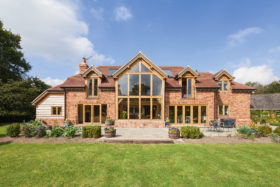
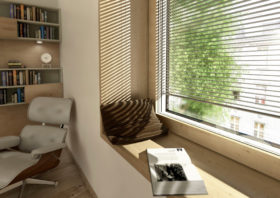



































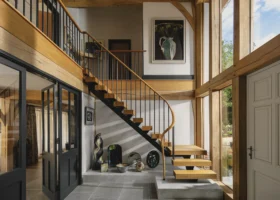
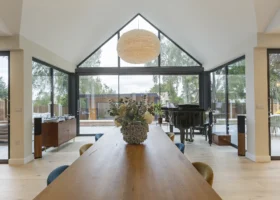

























































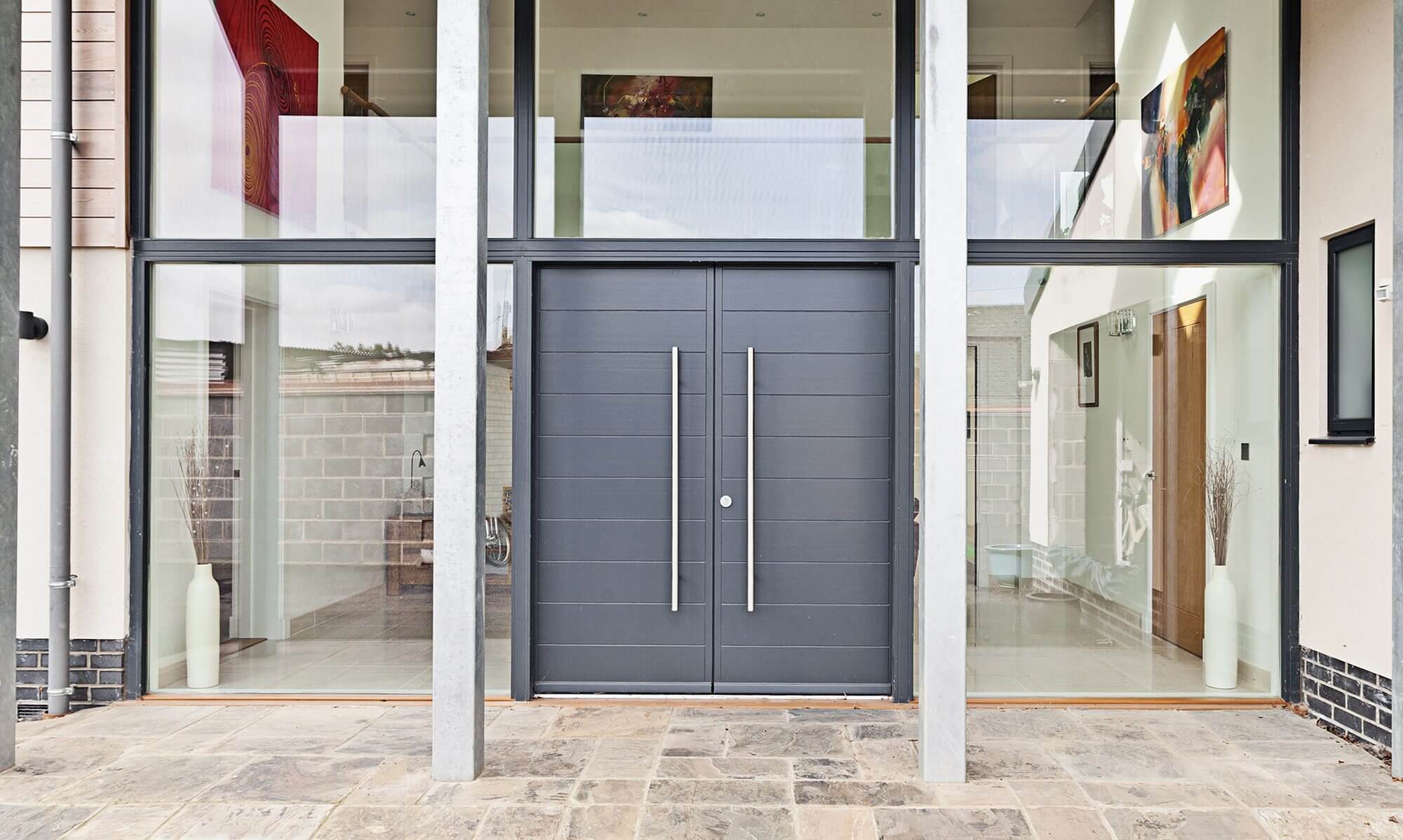
 Login/register to save Article for later
Login/register to save Article for later

